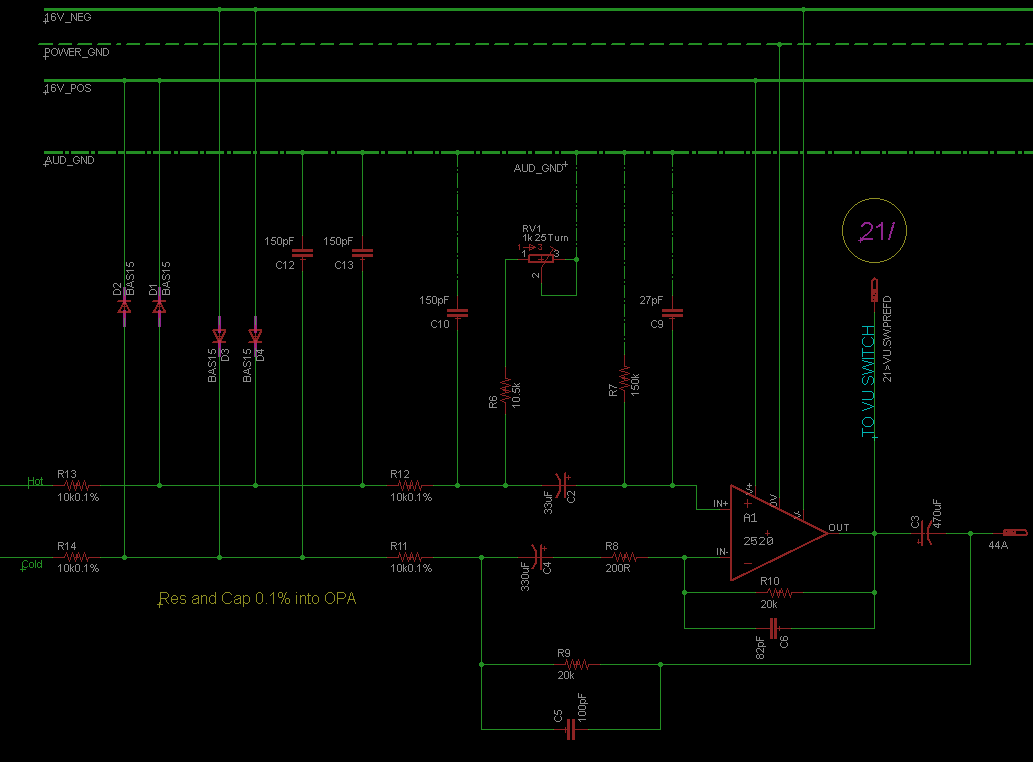boji
Well-known member
I know what to do to compensate for cmrr but I'm frankly a bit confused how it does it in the provided drawing.
I don't see a resistance equivalency on the cold leg wrt to R6 10.5k + RV1 1k trim. It looks more like a gain trim to me. : Anyone care to shed light on it?
Anyone care to shed light on it?
I'll take an ignorant guess that the balance is coming from R10 + R 9 (10k) + R8?.
Thanks in advance for helping.

I don't see a resistance equivalency on the cold leg wrt to R6 10.5k + RV1 1k trim. It looks more like a gain trim to me. :
I'll take an ignorant guess that the balance is coming from R10 + R 9 (10k) + R8?.
Thanks in advance for helping.




